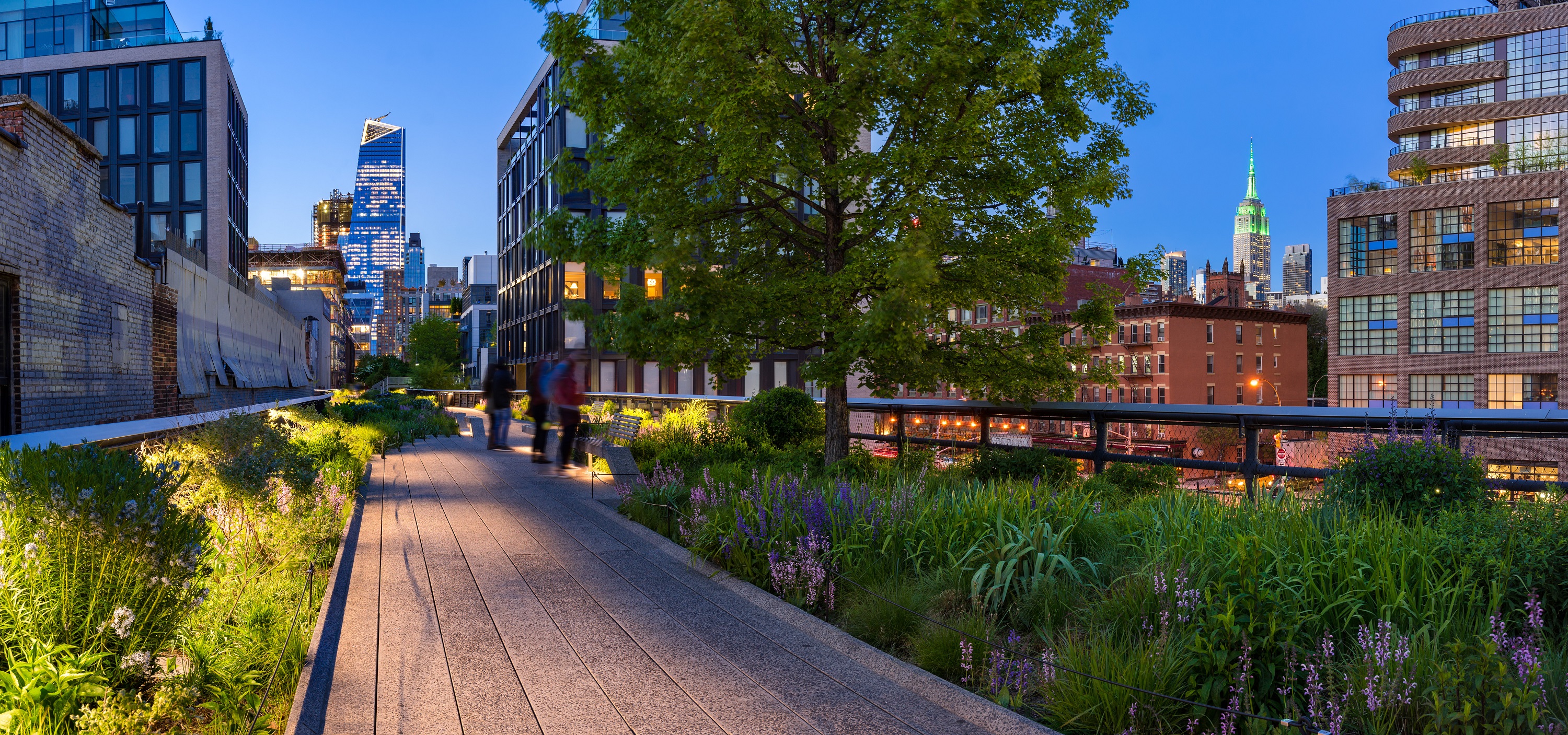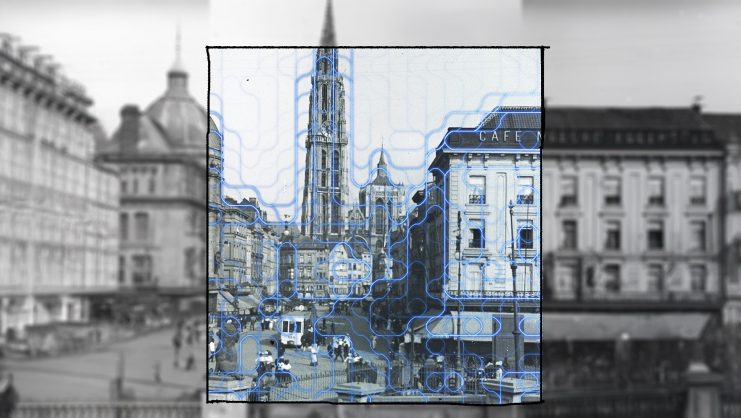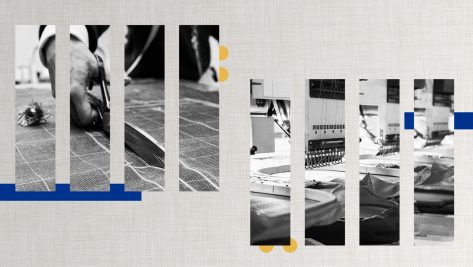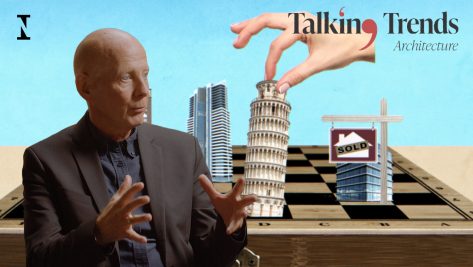The following conversation has been edited and condensed.
Martha Thorne: Your firm, Studio Gang, builds in many places, not just your hometown of Chicago. When you get a new project, how do you begin, especially when it is in a new city or country? How do you tackle a new challenge?
Jeanne Gang: I think every project has a different context, different details, is in a different place, so there’s always a lot of research at the beginning to get a sense of what will be relevant for that particular project. We bring ideas to the project, of course, but it also talks back to us and it’s our job to listen and dig down into it – and it is usually then that we uncover something exciting to explore further.
Thorne: Our theme for World Architecture Day is being a good neighbor, which entails, as you mentioned, listening to the client and understanding the site. What type of things do you tend to focus on during this listening process?
Gang: What’s going on in the world is an important context. It’s a base level and from there you can get into things that are particular to a specific place, for example, the climate and the people. It’s very important to really reach out to as many stakeholders as possible, especially community leaders, and to find how to create a synergy between the project and what they think about their neighborhood. These are the people who live there and who know that place. As architects, we must listen to them and try to understand as much as we can before we create something permanent in a community.
Thorne: Can you talk about a project in which listening to the community was particularly important?
Gang: Yes, our work in Memphis is one example. It’s a city with a troubled history with regards to race, but it is focused on turning a new page and creating an active waterfront. We are in charge of master-planning that new space.
To do that we are listening to people’s personal stories there. You might have seen, in the Venice Biennale 2018, we presented a little snapshot of some of those stories from Memphis. We called it Stone Stories and it was our way to establish a context, to understand what the difficulties in the past have been, where people are now, and where they want to go in the future. We also involved Memphis high school students in the conversations to get a sense of what was important to them to incorporate in this new park.
Thorne: How can architecture be a “good neighbor” in a community?
Gang: Actually, it helps to first think about what makes a bad neighbor. Is it someone who doesn’t help care for shared assets? For example, a bad neighbor may be someone who makes a lot of noise or doesn’t look after the street front that you share. So, a good neighbor is someone who takes care of those things that are shared, such as the spaces between buildings. Architecture can consider this with regard to scale, in the way that the building is sited in relation to its surroundings, especially considering elements such as windows and walls. And this concept can scale-out to the city level, and then all the way out to the planet. So, we need to make sure that our buildings have minimum impact on the resources we all share.
Thorne: The role of the architect has really expanded, and it is exciting to see how broadly architects now approach the built environment and employ knowledge from a variety of fields to do so. For example, I know sustainability has always interested you and it is one of those concepts that, while we all think we know what the word means, its application to architecture is broad and far-reaching. Can you explain how you view sustainability in terms of your work?
Gang: Architects must make decisions that do not negatively impact the planet. As an architect, I can take responsibility and gather as much knowledge as possible about how we source and specify products for buildings. Another personal interest for me is the ecosystem and how buildings relate to living creatures. For example, I have been interested in how to make buildings more friendly towards birds, a species we know are suffering high mortality from crashing into clear, transparent windows. So this is an issue that has got a bit of science to it, and it also involves building industry and technology, what goes into making glass, as well as knowledge of the space and of putting a building into a landscape.
Thorne: You and I know each other from when I lived in Chicago. One of the things I remember fondly about the city is that it is on the migratory path of birds going south from Canada for the winter. I imagine that has likewise influenced your sensitivity about how wildlife interacts with cities.
Gang: Yes, absolutely. Another thing to consider is we can have more biodiversity in cities than in an agricultural or suburban setting. One experiment we are doing now at our architectural practice is taking a rooftop and turning it into a bio-diverse rich habitat. My vision is that one day the ground plane is used for transportation, such as vehicles and bicycles, and up on the rooftops there will be connective corridors that create a much-needed habitat.
Thorne: How do you help or convince your clients to invest in and prioritize sustainability?
Gang: The key is finding the right fit with their building type. Would they benefit from solar hot water instead of solar power, and how do you tailor it to the way that entity or organization will use it in their building? We are designing the new campus for the California College of the Arts and it turns out that the campus produces a lot of heat in the making of art, for example through glass making. The question, then, is: how do we make good use of that excess heat? Finding synergies like this can result in innovative, and convincing, ways to save energy and reduce carbon.
Thorne: Has COVID-19 changed your way of working? How has it affected you?
Gang: Logistically, in the office, we are working remotely for the most part. Project-wise, the pandemic has accelerated some things that we were already doing. For example, we’ve been advocating for buildings and spaces to provide fresh air and access to the outdoors. In the past, these types of ideas met with resistance because of budget and other reasons, but now we’re seeing that people really want to include outdoor spaces, terraces, balconies, and operable windows in buildings. That is a positive from the current situation and I think things are going to continue along that line of change.
© IE Insights.











